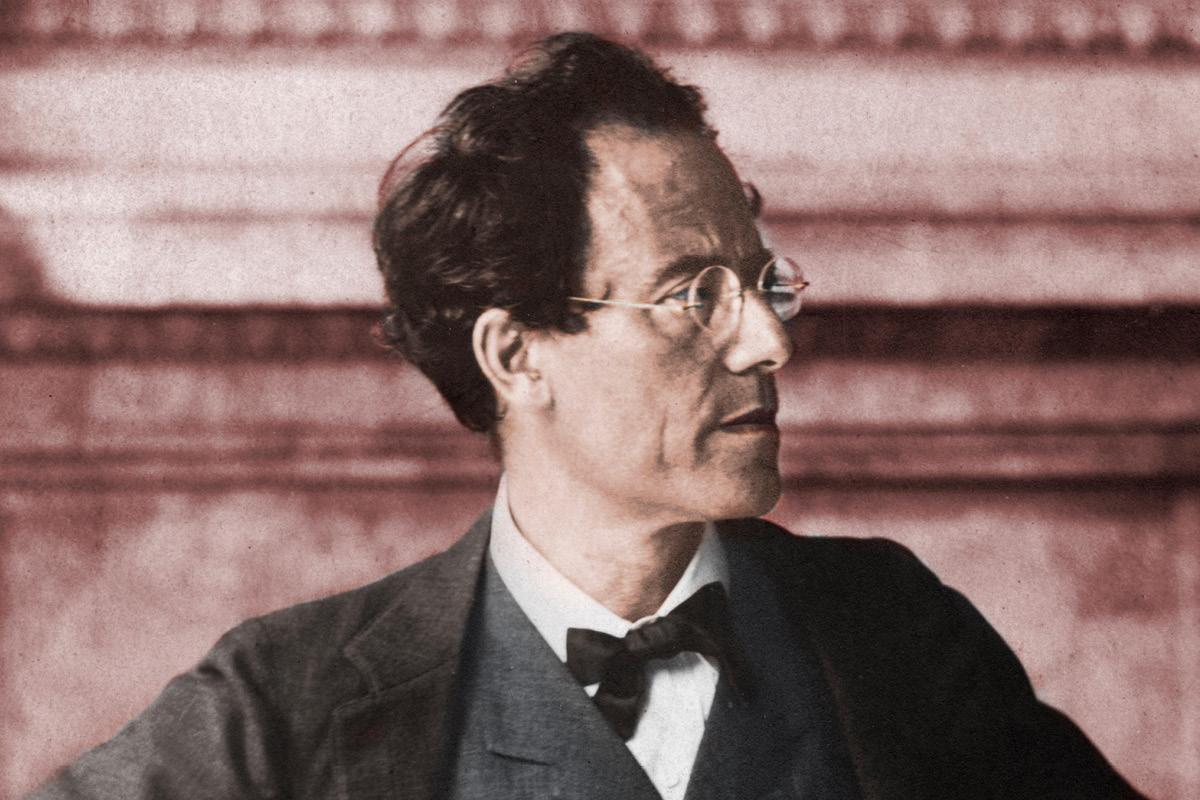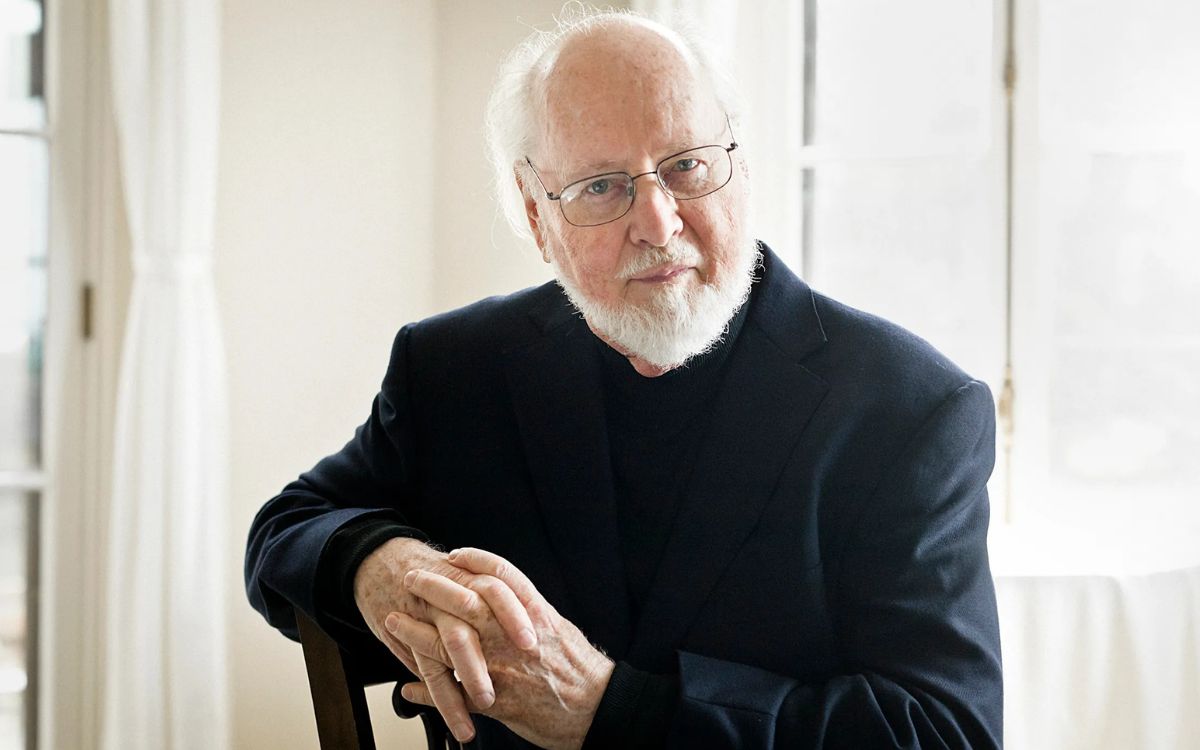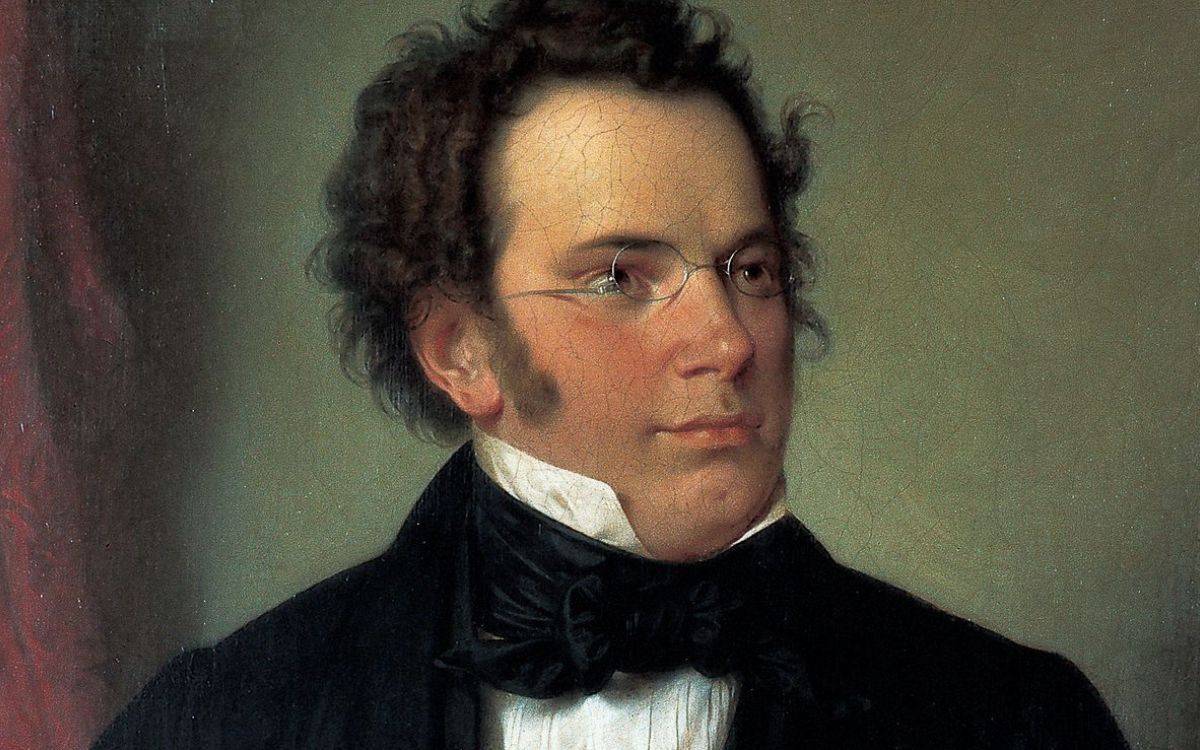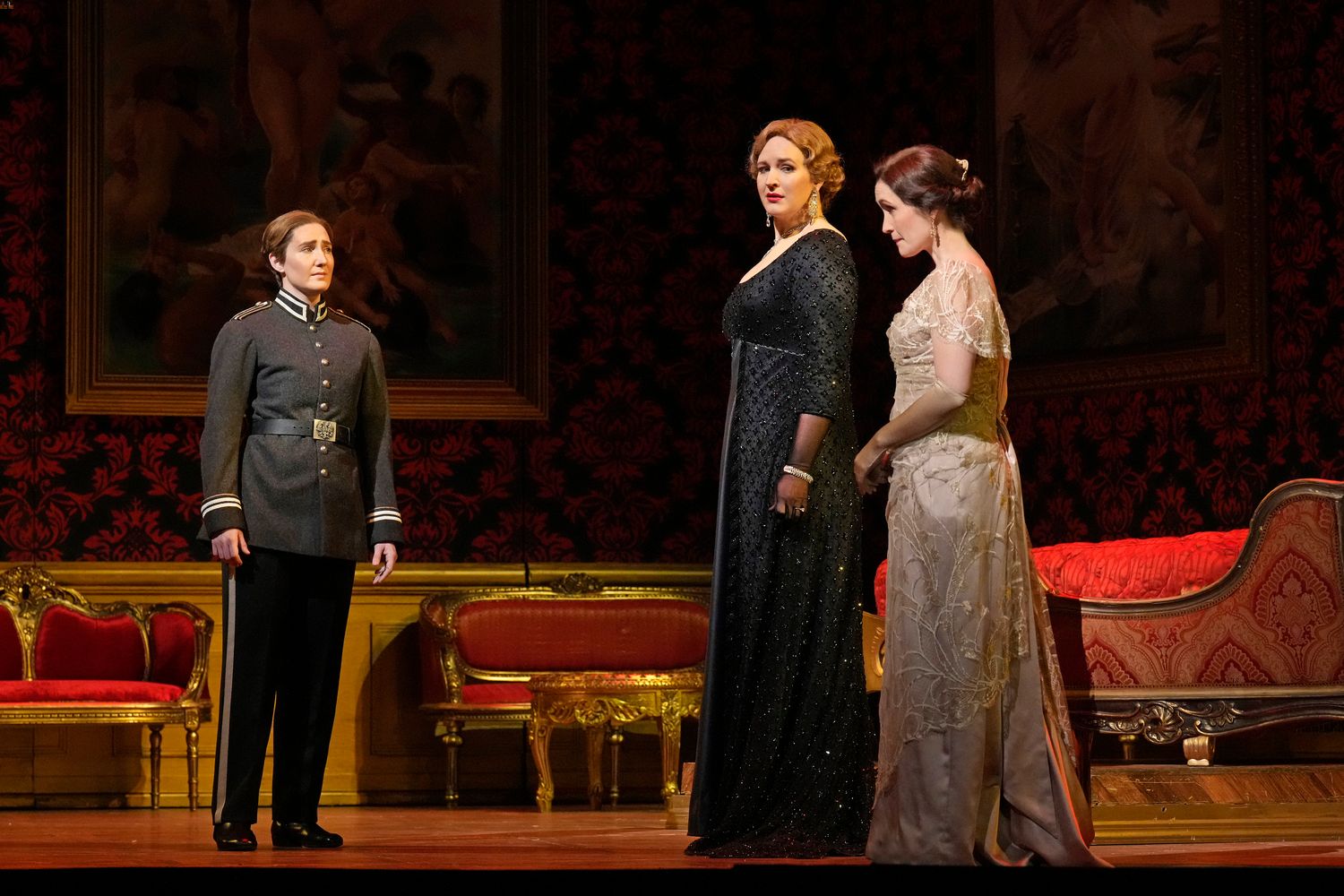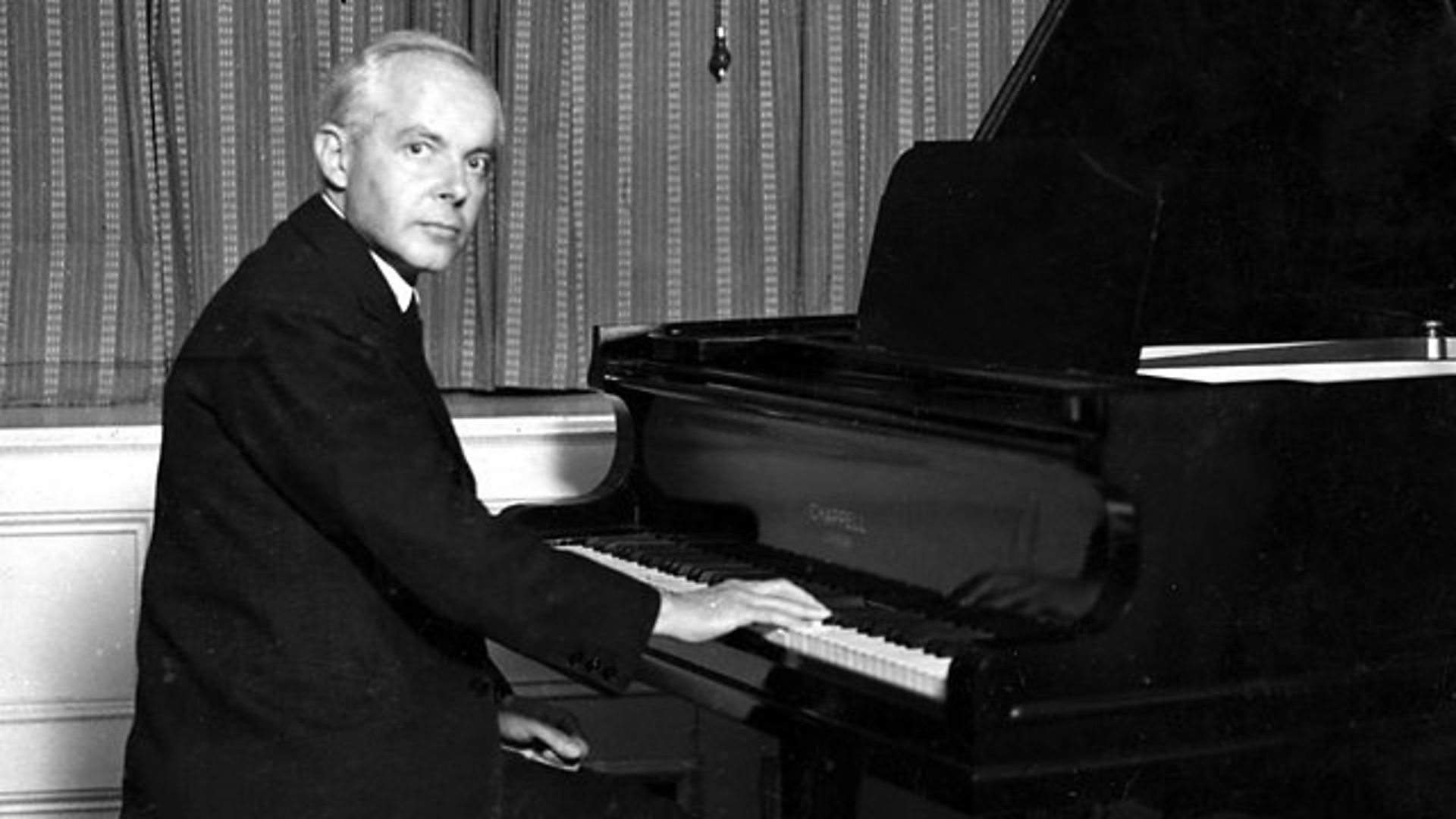Home>Production & Technology>Composer>Who Of The Following Was A German Composer Who Was Also A Major Figure In Post-Romanticism?
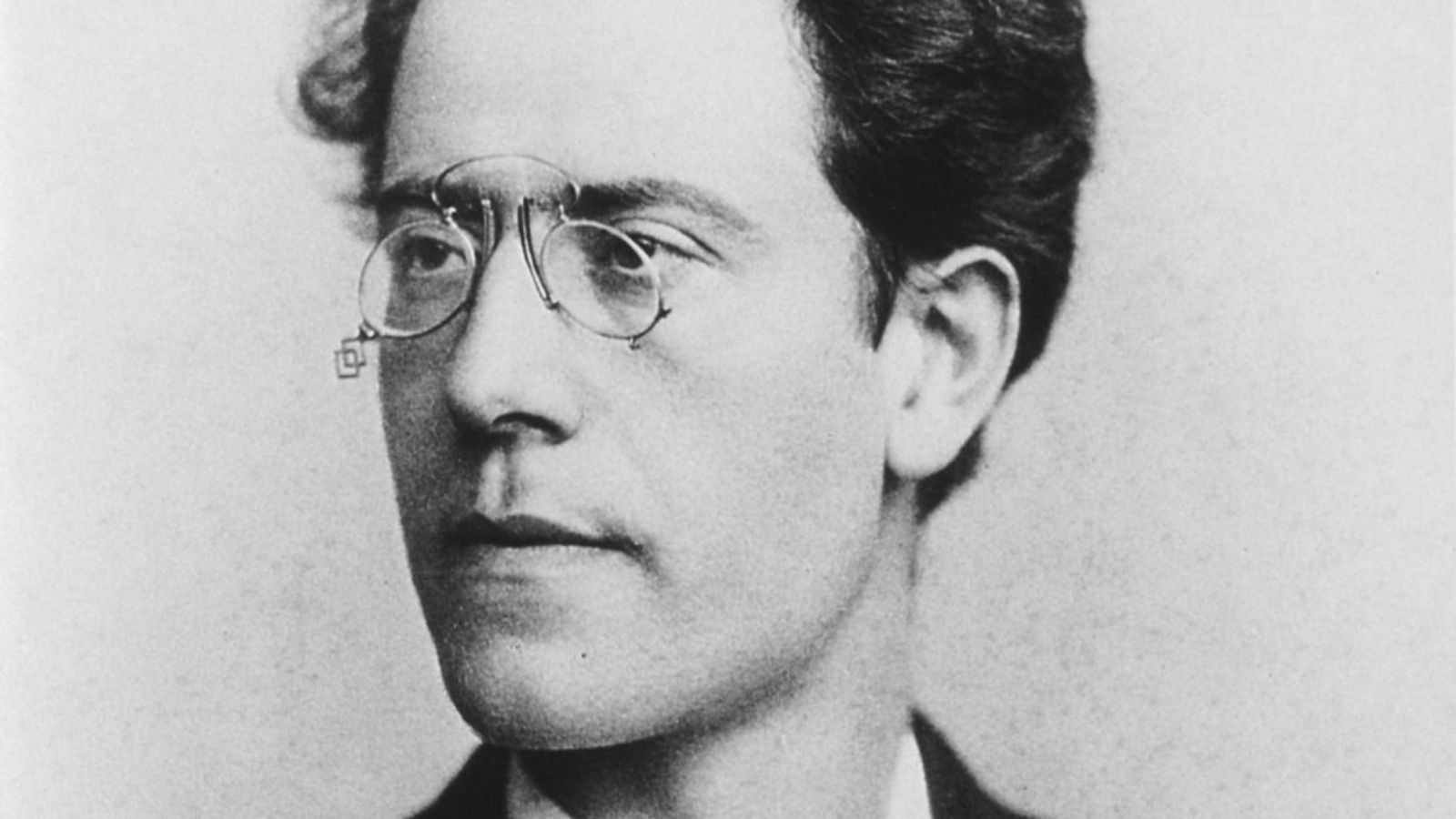

Composer
Who Of The Following Was A German Composer Who Was Also A Major Figure In Post-Romanticism?
Modified: January 31, 2024
Discover the influential German composer who played a major role in post-Romanticism. Explore the life and music of this prominent composer.
(Many of the links in this article redirect to a specific reviewed product. Your purchase of these products through affiliate links helps to generate commission for AudioLover.com, at no extra cost. Learn more)
Table of Contents
Introduction
When discussing the major figures in post-Romanticism, one name that undoubtedly stands out is that of Richard Strauss. Born in Germany, Strauss made significant contributions to the world of classical music as a composer and conductor. His work, characterized by its rich and complex harmonies, emotional depth, and innovative use of orchestration, has left an indelible mark on the music world.
Strauss was not only a prolific composer, but also a visionary who pushed the boundaries of musical expression. His compositions embraced a wide range of genres, including symphonies, operas, and tone poems, and his innovative use of programmatic music and tonal experimentation set him apart from his contemporaries.
In this article, we will delve into the life and career of Richard Strauss, exploring his early years, musical education, and rise to prominence in the world of music. We will also discuss his role in the post-Romantic era and highlight some of his most notable compositions. Finally, we will examine his lasting influence on the classical music landscape and his enduring legacy.
Join us on a journey through the life and music of Richard Strauss, as we uncover the story of one of the greatest German composers of the post-Romantic period.
Early Life and Education
Richard Strauss was born on June 11, 1864, in Munich, Germany. He was born into a musical family, as his father, Franz Strauss, was a renowned horn player and composer. It was under his father’s guidance that Richard began his musical training at a young age.
At the age of six, Richard Strauss started piano lessons and showed prodigious talent for the instrument. He quickly progressed in his studies, displaying an innate understanding of music theory and composition. Recognizing his son’s extraordinary abilities, Franz Strauss enrolled Richard in the Royal Music School in Munich when he was just ten years old.
Under the guidance of his teachers, including Friedrich Wilhelm Meyer, Strauss further developed his musical skills and began exploring composition. He showed a particular interest in orchestration and became proficient in arranging music for various instruments. It was during this time that Strauss composed his first works, mainly chamber music and songs.
In 1882, at the age of 18, Strauss caught the attention of the eminent conductor Hans von Bülow while attending a performance of his composition. Impressed by the young composer’s talent, Bülow invited Strauss to join him as assistant conductor and répétiteur at the Meiningen Court Orchestra. This opportunity marked a turning point in Strauss’s career, as it allowed him to gain invaluable experience and exposure to the world of professional music.
While working with Bülow, Strauss continued to hone his compositional skills and experiment with different musical styles. He delved into the works of classical composers such as Bach, Mozart, and Beethoven, as well as the progressive musical ideas of the time. This combination of classical influences and contemporary ideas played a significant role in shaping his unique compositional voice.
After three successful years with the Meiningen Court Orchestra, Strauss decided to pursue further education at the Berlin Hochschule für Musik. There, he studied composition with renowned composers such as Friedrich Kiel and Engelbert Humperdinck. This formal training expanded Strauss’s musical horizons and allowed him to explore new techniques and approaches to composition.
During this period, Strauss began to establish his reputation as a prodigious talent in the music world. His compositions gained recognition and were performed at prestigious venues, attracting the attention of both critics and fellow musicians.
With a solid foundation in music theory and composition, as well as invaluable practical experience, Richard Strauss emerged from his early years and education as a young composer poised for greatness.
Early Musical Career
After completing his formal education, Richard Strauss embarked on his early musical career with determination and enthusiasm. He quickly established himself as a leading figure in the music world, both as a composer and conductor.
One of the pivotal moments in Strauss’s early career was his appointment as the conductor of the Munich Court Opera in 1894. This prestigious position allowed him to showcase his exceptional talent for interpretation and conducting. Strauss’s innovative approach and attention to detail brought new life to the opera house and garnered critical acclaim.
During his tenure in Munich, Strauss also continued to compose prolifically. He produced a series of groundbreaking works, including his tone poem “Also sprach Zarathustra,” inspired by the philosophical writings of Friedrich Nietzsche. This piece, with its iconic opening fanfare, demonstrated Strauss’s ability to create evocative and dramatic orchestral music. It quickly gained popularity and solidified his reputation as a leading composer of the time.
Another significant milestone in Strauss’s early career was his collaboration with the renowned poet and playwright Hugo von Hofmannsthal. The two artists worked closely together on a series of operas, including “Elektra” and “Der Rosenkavalier.” These operas revolutionized the genre, blending powerful emotions, intricate storytelling, and lush orchestral writing.
With each new work, Strauss’s reputation as a composer of immense talent grew. His ability to merge romanticism and modernism in his compositions made him a prominent figure in the musical avant-garde of the time. He successfully experimented with innovative harmonies, extended tonalities, and complex orchestration, pushing the boundaries of traditional musical forms.
In addition to his own compositions, Strauss also conducted performances of the works of other composers. His interpretations were known for their meticulous attention to detail and the ability to bring out the emotional depth of the music. He conducted orchestras around the world, leaving a lasting impact on both the performers and the audiences.
As Strauss’s stature within the music world continued to rise, he received numerous honors and accolades for his contributions to music. He was appointed director of the Vienna State Opera in 1919 and held the position for a decade, leaving an indelible mark on the rich opera traditions of Vienna.
By the end of his early musical career, Richard Strauss had established himself as a visionary composer and conductor. His innovative approach to composition and his commitment to pushing the boundaries of musical expression set him apart as a true trailblazer in the world of classical music.
Role in Post-Romanticism
Richard Strauss played a pivotal role in the development and progression of post-Romanticism, a musical movement that emerged in the late 19th and early 20th centuries. As a composer who straddled the line between the Romantic and Modern periods, Strauss’s works embodied the transitional nature of the era and contributed greatly to the evolution of musical styles.
One of the defining features of post-Romanticism was the exploration of emotional expression and subjective storytelling through music. Strauss embraced this aspect of the movement and used his compositions to convey intricate narratives and depict human experiences with immense depth and complexity.
In his orchestral pieces, such as the tone poem “Ein Heldenleben” (A Hero’s Life) and “Tod und Verklärung” (Death and Transfiguration), Strauss employed lush orchestration, elaborate melodies, and intricate harmonic progressions. Through these elements, he sought to evoke a rich tapestry of emotions and create a heightened sense of drama and intensity.
Furthermore, Strauss’s exploration of programmatic music was a significant aspect of his contribution to post-Romanticism. He often drew inspiration from literary works, mythology, and historical events, crafting musical narratives that transcended traditional forms. His operas, in particular, exemplified this approach, with their complex characters, intricate plotlines, and deeply expressive music.
One of Strauss’s most notable operas, “Salome,” exemplifies his ability to push the boundaries of post-Romanticism. Based on Oscar Wilde’s play, the opera delves into the dark and taboo themes of desire and obsession. It features intense harmonies, dissonances, and a highly expressive vocal line, all of which contribute to the emotional impact of the work.
Another key aspect of Strauss’s role in post-Romanticism was his willingness to explore new harmonic and tonal possibilities. While rooted in the Romantic tradition, Strauss incorporated elements of impressionism and early atonality into his compositions, displaying his forward-thinking approach to music.
His famous tone poem “Also sprach Zarathustra” is a prime example of his inventive use of harmony and tonality. From the triumphant opening fanfare to the ethereal and cosmic passages, Strauss artfully blends traditional tonal structures with unconventional harmonic progressions, creating a sense of both familiarity and innovation.
By embracing the ideals of post-Romanticism and pushing the boundaries of composition, Richard Strauss paved the way for future generations of composers to explore new modes of expression. His fusion of expressive storytelling, innovative harmonic language, and programmatic elements made a profound impact on the trajectory of classical music and solidified his position as a leading figure in the post-Romantic movement.
Major Compositions
Richard Strauss’s body of work encompasses a wide range of genres, including symphonies, operas, tone poems, and chamber music. His compositions not only showcase his technical mastery and innovative musical language but also demonstrate his ability to delve into deep emotional landscapes and tell captivating stories through music. Here are some of his most notable and influential works:
- Also sprach Zarathustra: This iconic tone poem, inspired by Friedrich Nietzsche’s philosophical work, is instantly recognizable for its powerful and triumphant opening fanfare. It is a monumental composition that takes the listener on a journey through various sublime and dramatic emotions, becoming an emblem of Strauss’s creative genius.
- Ein Heldenleben (A Hero’s Life): This autobiographical tone poem explores the heroic journey of an individual, widely believed to represent Strauss himself. With its rich orchestration and lush romantic melodies, this composition showcases Strauss’s virtuosity in creating evocative and emotionally charged music.
- Salome: Considered one of the most groundbreaking works in opera, “Salome” is based on Oscar Wilde’s play of the same name. It delves into the twisted world of desire, obsession, and power, pushing the boundaries of tonality and harmony. The opera’s dissonant and intense music, coupled with its daring subject matter, caused a sensation and solidified Strauss’s reputation as a visionary composer.
- Der Rosenkavalier: This comic opera, collaboration with the poet Hugo von Hofmannsthal, is widely regarded as one of Strauss’s masterpieces. Set in 18th-century Vienna, the opera explores themes of love, fidelity, and societal norms. With its lush melodies, intricate ensemble writing, and complex character development, “Der Rosenkavalier” embodies the richness and elegance of the post-Romantic era.
- Four Last Songs: Composed near the end of Strauss’s life, these four songs are a poignant and reflective farewell to the world. The lush orchestration and beautiful vocal lines convey a profound sense of longing, acceptance, and transcendence. They stand as a testament to the depth of Strauss’s musical expression and his ability to capture the essence of the human experience.
These are just a few highlights from Richard Strauss’s vast repertoire. His compositions span a wide range of styles and themes, showcasing his versatility and brilliance as a composer. Each work is a testament to his innovative musical language and his ability to connect deeply with listeners, ensuring his enduring legacy in the history of classical music.
Influence and Legacy
The influence of Richard Strauss on the world of classical music cannot be overstated. His innovative compositions, bold approach to orchestration, and deep emotional expression have left an indelible mark on the musical landscape. Strauss’s contributions have reverberated through generations, shaping the course of music and inspiring countless composers.
One of the key aspects of Strauss’s legacy is his role in bridging the gap between the Romantic and Modern periods. His unique blend of the grandeur and emotional intensity of the Romantic era with the harmonic innovations and tonal exploration of the early 20th century set him apart as a composer who defied categorization. This influence opened the doors for future composers to explore new musical territories, unafraid to break free from traditional forms and structures.
Furthermore, Strauss’s innovative orchestration techniques have had a lasting impact on classical music. His meticulous attention to detail and skillful use of the full range of orchestral colors expanded the possibilities of what an orchestra could achieve. This approach influenced subsequent generations of composers, who sought to push the boundaries of orchestral sound and create their own tapestries of sonic beauty.
As a conductor, Strauss also left a profound impact on the interpretation and performance of classical music. Known for his meticulousness and attention to detail, he brought out the nuance and emotional depth in the works he conducted. His interpretations became benchmarks for other conductors, influencing their approach and shaping the collective understanding of composers’ intent.
Strauss’s collaborations with renowned poets and dramatists, such as Hugo von Hofmannsthal, broadened the possibilities of opera. The combination of Strauss’s evocative music and powerful storytelling revolutionized the genre, allowing for deeper exploration of psychological depth and emotional complexity in opera. His works, such as “Salome” and “Der Rosenkavalier,” continue to be performed and celebrated on stages around the world, reaffirming his enduring impact on the operatic tradition.
The legacy of Richard Strauss also extends to his influence on future generations of composers. His emphasis on individual expression and freedom from convention inspired composers to seek their own unique musical voices. His willingness to experiment with tonality, harmony, and form paved the way for the development of new musical languages in the 20th century and beyond.
Today, Richard Strauss continues to be celebrated as one of the greatest composers of the post-Romantic era. His music, with its emotional depth, technical brilliance, and innovative spirit, speaks to audiences across the globe. His influence on the world of classical music remains palpable, and his legacy as a visionary composer and conductor continues to inspire and captivate both musicians and audiences alike.
Conclusion
Richard Strauss’s contributions to the world of classical music have solidified his place as one of the most influential composers and conductors of the post-Romantic era. His ability to seamlessly blend Romantic expressiveness with innovative tonal exploration and orchestration revolutionized the musical landscape and paved the way for future generations of composers.
Throughout his career, Strauss pushed the boundaries of composition, exploring new harmonies, forms, and storytelling techniques. His works, such as “Also sprach Zarathustra,” “Salome,” and “Der Rosenkavalier,” continue to captivate and inspire audiences with their emotional depth, vivid imagery, and technical brilliance.
Strauss’s legacy is not only evident in his own compositions but also in the impact he had on subsequent composers. His willingness to embrace new ideas and challenge convention allowed for the growth and development of musical expression in the 20th century and beyond. His influence can be seen in the works of composers like Arnold Schoenberg, Igor Stravinsky, and Dmitri Shostakovich, among others.
As a conductor, Strauss’s interpretative prowess and attention to detail set new standards in orchestral performances. His ability to communicate the emotional essence of the music through his conducting left an indelible mark on the interpretation of classical repertoire.
Richard Strauss’s contributions to classical music have endured the test of time, remaining vital and relevant to this day. His compositions continue to be performed and celebrated worldwide, and his influence can be heard in the works of contemporary composers who draw inspiration from his innovative musical language.
In conclusion, Richard Strauss’s legacy is one of artistic excellence, innovation, and a profound impact on the world of classical music. His music continues to captivate and move audiences, and his contributions have shaped the course of musical history. As we reflect on the incredible breadth and depth of his work, we honor and celebrate Strauss as a true master of his craft and a visionary in the world of post-Romanticism.

